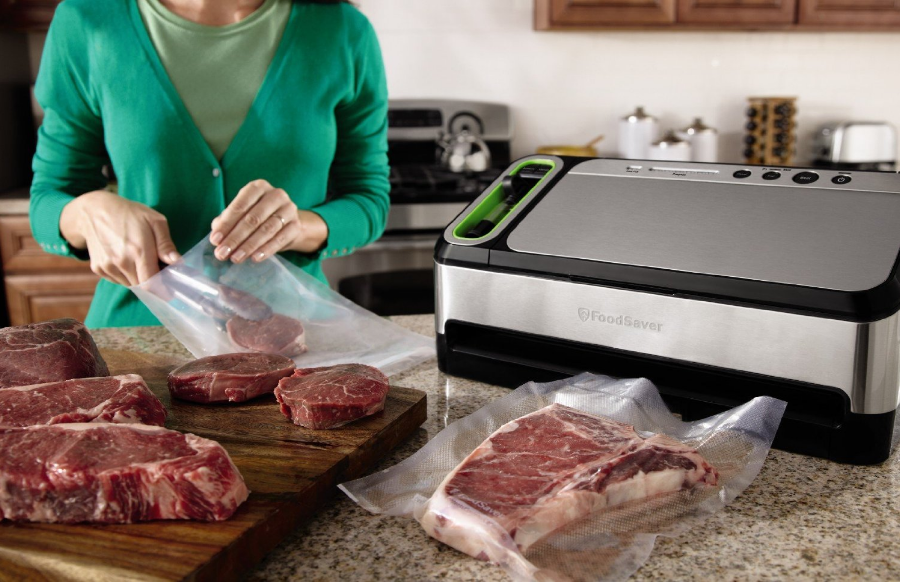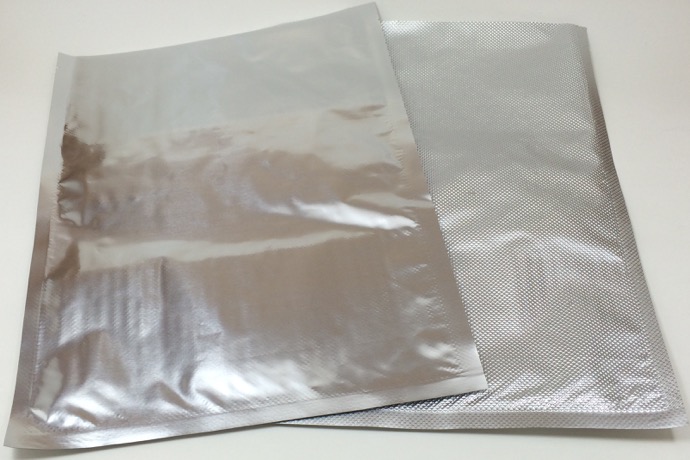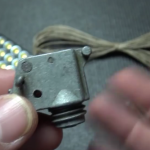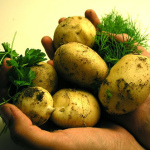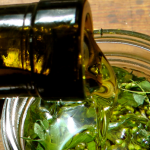Advantages and Disadvantages to Vacuum Sealing Foods
Vacuum sealing foods for long-term storage is an efficient way to preserve a wide-range of items. The trick is to use a good sealer along with the right material in order to minimize the chances of spoilage from air or insects. Let’s take a look at the benefits and drawbacks to using vacuum sealing as a food-storage option.
Compact and Lightweight
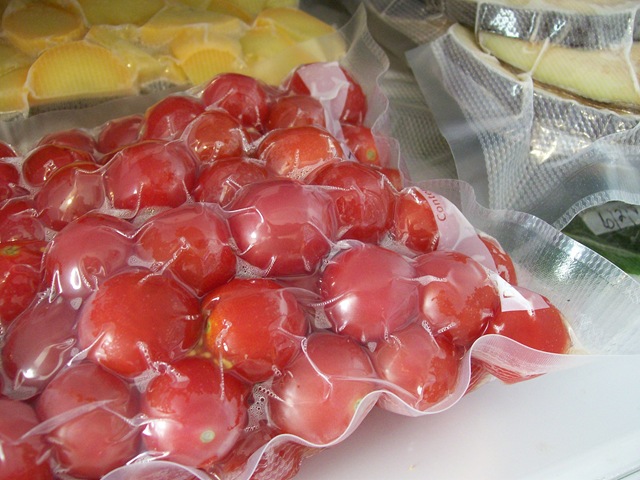
Foods that have been vacuum sealed are much more compact and lightweight than using mason jars and canning. Using bags also makes portioning easier and you don’t need to invest in a lot of different-sized jars to accomplish the same goal. Portioning is essential to any long-term food storage system because it will help to reduce waste and manage stocks more efficiently. In any case, you will quickly discover that you can cram more items into smaller spaces with bags. This is worth its weight in gold when preparing for a long-term food supply. You can also divide stockpiles and place them in different locations, and it’s easier to hide bags than jars. Bags are easier to transport, and you can bring a lot more food with you while taking up less space and weight.
Less Preparation
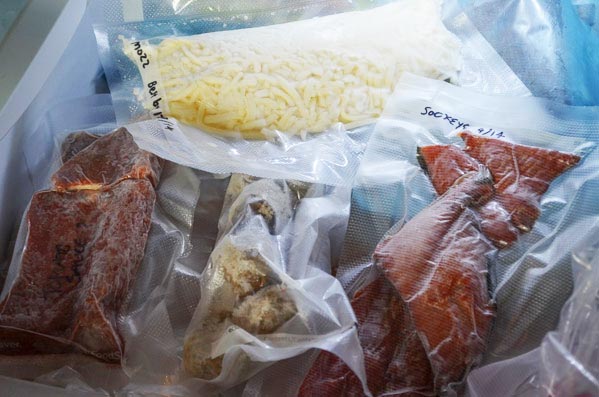
You have greater flexibility in terms of storing recipes than you do with canning. You can also easily store individual items in bags more efficiently than with canning as well. For example, you can vacuum seal a bag of pasta, beans, rice or flour and they will keep for an indefinite amount of time. You can also make all kinds of complete meals that can be kept for months or years based on each recipe. You also don’t need to sanitize or prepare jars, bands or lids, and you don’t need water and heat to process foods like you do with canning as well.
You Need a Functioning Machine and Bags

One of the biggest drawbacks is that you need a working sealing machine along with a replacement stockpile of storage bags. Consequently, if the machine breaks, or you don’t have any more bags during a crisis, you will not be able to take advantage of this method. You will also be out of luck if the power goes out or you’re stuck in a place where you can’t use electricity. Vacuum sealing machines take a lot of energy, especially when you consider how many bags you are preparing. You may need to think twice about using whatever power reserves or generating options you have for purposes of sealing bags.
Bags Can be Fragile
Another very important drawback is that bags are fragile and can tear easily. Even the smallest hole can compromise the quality of the seal and cause food items to spoil. Keep in mind that oxygen is the number one thing to avoid when storing foods for the long-term. Oxygen is what bacteria and other microorganisms need to start to degrade food. Consequently, if you accidentally tear bags, you will need to consume the product as quickly as possible.
Bags are also more prone to being chewed open by rats, rodents or other scavengers. You will most likely need to find a container for storing the bags in order to keep them from view.
Bags are Expensive
Good, quality storage bags can be expensive, especially if you are buying large quantities of them. While prices will vary, it’s important that you don’t compromise quality for value. You need good, strong and durable bags in order to make this long-term food storage option worthwhile.
Many people use vacuum-sealed bags as a part of their food stockpile, and this is probably the wisest way to take advantage of this option. It will help to diversify your stores, reduce vulnerability and still give you access to items that can be easy to transport and consume. Consider incorporating them into your preparedness efforts, and see how you can beef up your long-term food storage supplies today.


